Summer Reading Program: Discovering the Rain Forest
- July 7, 2022
- By KIDS DISCOVER
What covers less than 10 percent of the Earth’s land yet contains about 50 percent of all its animal, insect, and plant species? Any ideas? It’s a tropical rain forest. To help your students learn more about this incredibly important ecosystem, we are featuring 5 Topics for you to share.
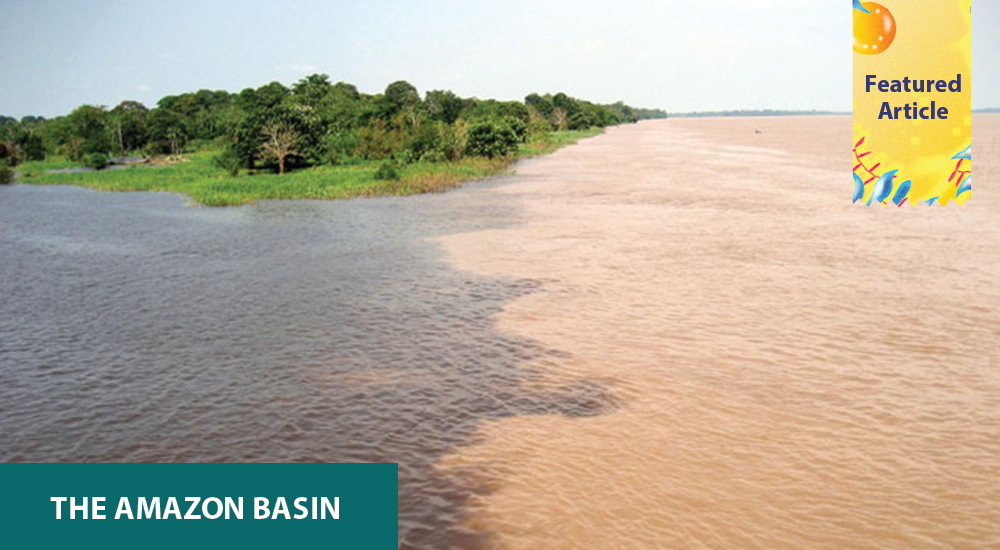
The world’s largest watershed (by far) is the Amazon Basin, which covers over 2.6 million square miles (40 percent of South America) and funnels water from over a thousand tributaries in eight countries. It all flows into the mighty 4,000-mile-long Amazon River, which has a phenomenally powerful flow. In fact, the Amazon carries more than one-fifth of all the river water in the world.
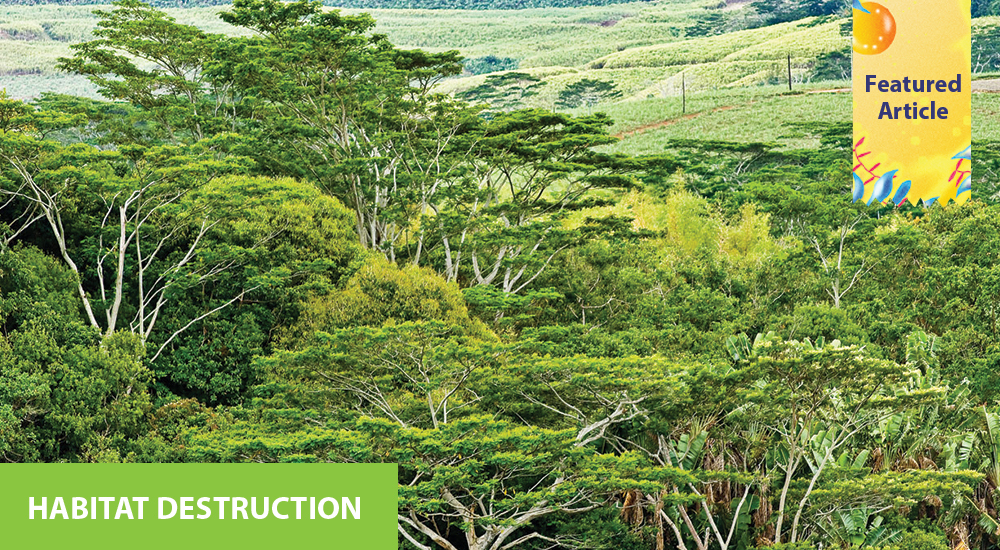
More than half the world’s species of plants and animals live in rain forests. When the forests are cut down, the plants die, and the animals lose their homes. That’s why many rain forest animals and plants are endangered. Most scientists agree that 100 species of rain forest animals become extinct—every day!
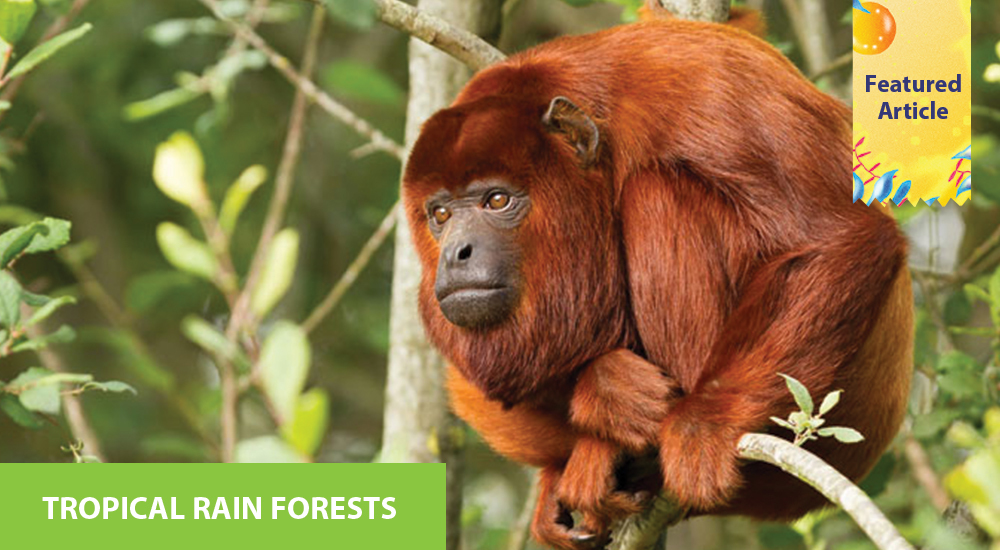
Located in a belt around the equator, rain forests are a riot of life, with plants growing non-stop year-round. The hot, wet climate supports a jungle of plants and wildlife, from the towering trees that make up the canopy down to the dark forest floor where sunlight barely penetrates due to the thickness of the foliage above.
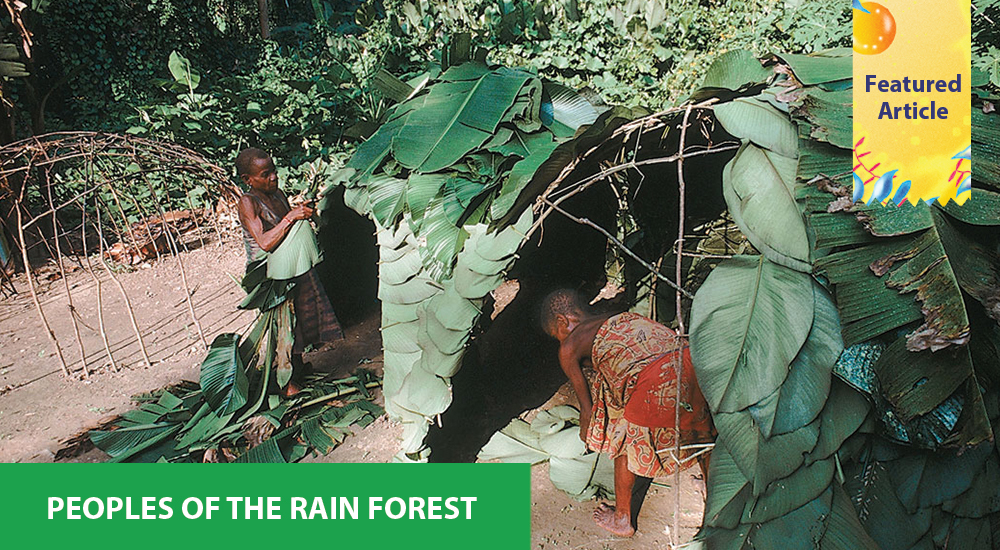
The rain forest dwellers of Central and South America, Asia, and Africa have very different physical characteristics and customs. Yet they all have one thing in common. For thousands of years they have lived in harmony with the land. They have benefited from its bounty and kept its beauty intact.
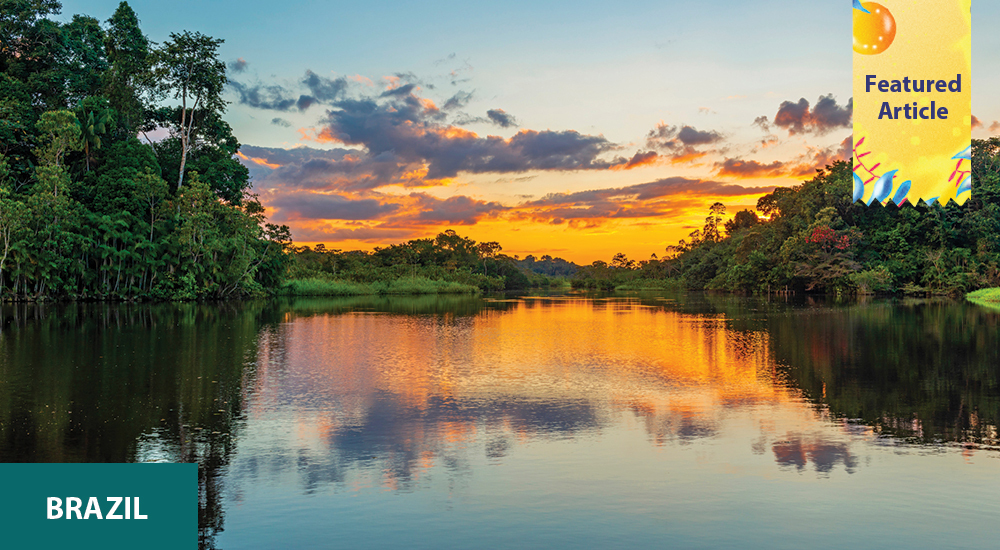
Spanning three time zones, Brazil is the biggest country in South America – and in the whole southern hemisphere. It has the world’s second-longest river. The world’s largest rainforest. And the greatest variety of animals of any country. Not to mention that it is the world’s biggest exporter of coffee and the only country in South America where Portuguese is the official language.